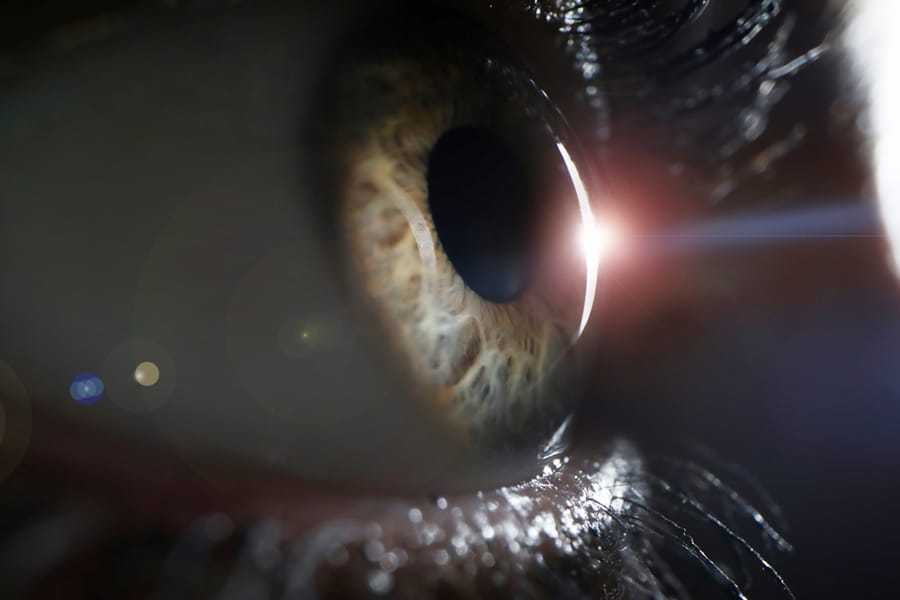
Glaucoma Surgery
Doctors usually suggest incisional glaucoma surgery when medical or laser treatments don’t stop glaucoma from getting worse. This surgery aims to lower the eye’s pressure, not to improve vision. It does this in three main ways:
Improving the drainage system (MIGS): Minimally Invasive Glaucoma Surgery (MIGS) makes the eye’s natural drainage work better. Doctors might place a stent or remove tissue blocking the flow. Some MIGS happen with cataract surgery, while others are standalone. The best MIGS option depends on your glaucoma type and severity.
Creating a new drainage system (XEN Gel Stent, Trabeculectomy, Tube shunts): The XEN Gel Stent offers a less invasive way to lower pressure by making a new path for fluid to leave the eye. It uses a small tube to redirect fluid to a new area where the body can absorb it. Doctors often use anti-scarring meds to help keep the new path open. A trabeculectomy creates a new flow path without stents or implants. Instead, it forms a flap in the eye’s white wall, letting fluid escape and lower pressure. Anti-scarring medicine helps keep this new pathway working.
Reducing fluid production (Cyclo-ablative procedures): These laser treatments damage the part of the eye that makes fluid, lowering pressure. They’re done from outside the eye or through small incisions and need anesthesia.
More about the procedures:
- MIGS: These surgeries improve or add to the eye’s drainage. The right type of MIGS depends on the specific glaucoma condition.
- XEN Gel Stent: This less invasive procedure uses a tiny tube to create a new fluid path, often with anti-scarring medication to improve success.
- Trabeculectomy: This traditional method creates a new drainage route, using medicine to prevent scarring and keep the flow going.
- Glaucoma Drainage Implants: These devices, either valved or non-valved, help drain fluid to reduce eye pressure. A patch graft often covers the tube to protect it, and the device usually isn’t visible.
- Cyclo-ablative Procedures: These involve laser treatments that reduce fluid production, requiring anesthesia and offering a less invasive option for tough cases or those not suited for other surgeries.
Each approach targets lowering eye pressure to slow glaucoma’s progression, focusing on maintaining vision rather than improving it.
